How do you become a museum director? That’s the question behind a new book of interviews—Eleven Museums, Eleven Directors: Conversations on Art and Leadership—by Michael Shapiro, the former director of the High Museum of Art in Atlanta. Published by the High and available on 1 February, the book contains interviews with some of the highest-profile museum directors working in the US today, including Gary Tinterow of the Museum of Fine Arts, Houston, and Timothy Rub of the Philadelphia Museum of Art.
The book, which Shapiro hopes will inspire and guide future museum professionals, could not have come at a better time. More than one-third of directors are aged 60 or over, according to a survey of 150 US museums that was published by the Economist last year, and the field is preparing to welcome a new generation. Here is the best advice from the interviews, which Shapiro conducted between October 2014 and July 2015.

1. Don’t make a beeline for the corner office “The quest is to become a great art historian, and if you have the right temperament [and] skill set, maybe you get drawn into museum work, you get drawn into institutional leadership, but I would never recommend beginning by thinking you want to be a museum director.”

2. Listen to artists “You cannot be a contemporary art curator if you just spend your time looking at objects. You have got to engage deeply with artists, and sometimes you have to see yourself as an active co-conspirator with the artists you work with.”
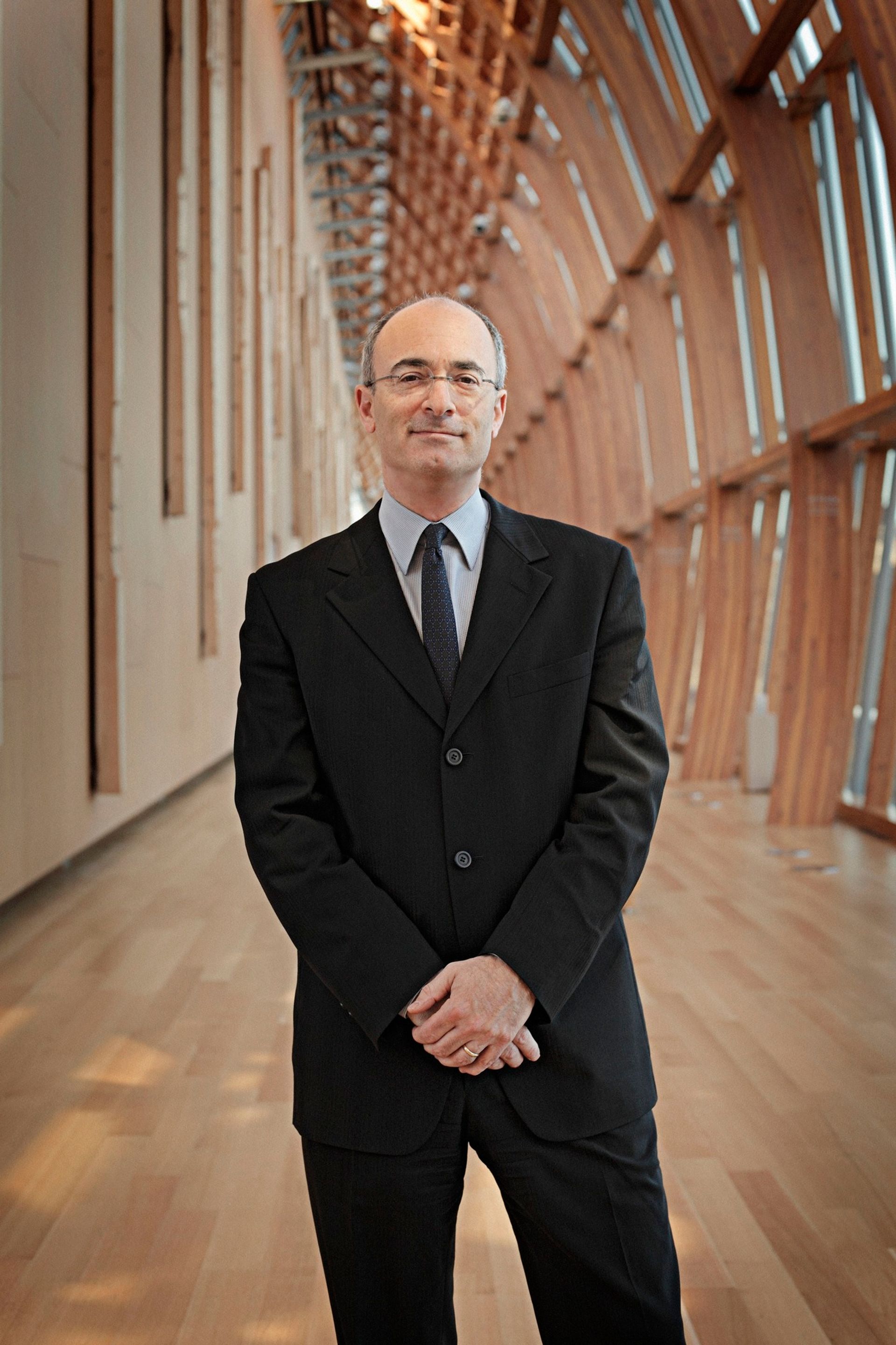
3. Write thank-you notes and listen to young people “I sign every letter for anybody who makes a donation. And… I will meet any young person who wants to see me… if I can unlock something for them, fabulous. And, selfishly, I think the odds are high that I am going to hear something in the conversation that is going to be valuable to me.”
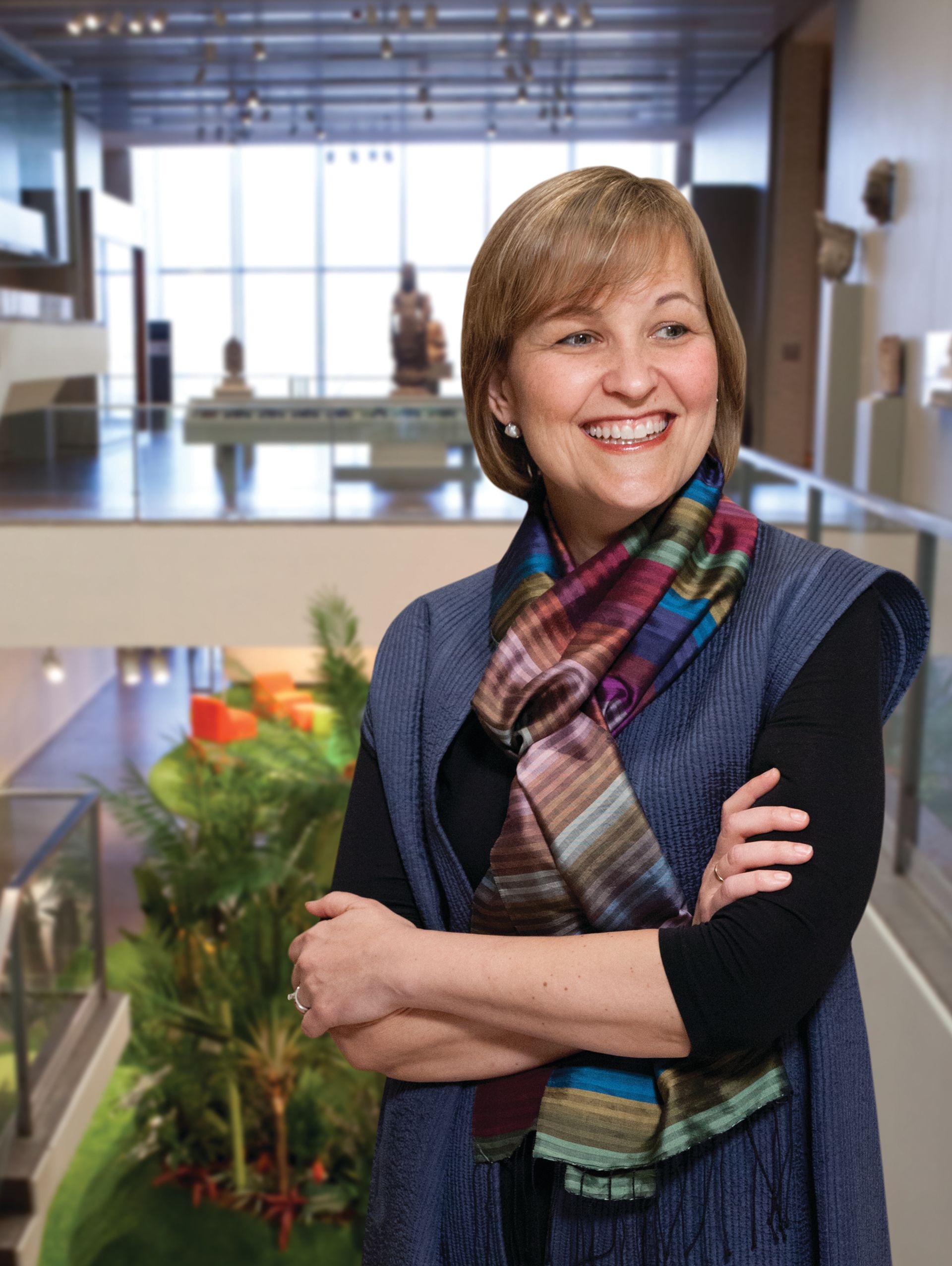
4. Know your staff—including the guards “I would watch Neil [MacGregor, the former director of the National Gallery, London] come in, in the morning… he knew people. I really noticed that. Just recently, I was interviewing somebody I thought would be a great curator… and I actually went to his museum and walked through the galleries with him. I noticed that this person ignored every security guard. The guards were used to being ignored by this person and they made no contact. I decided not to hire the person.”
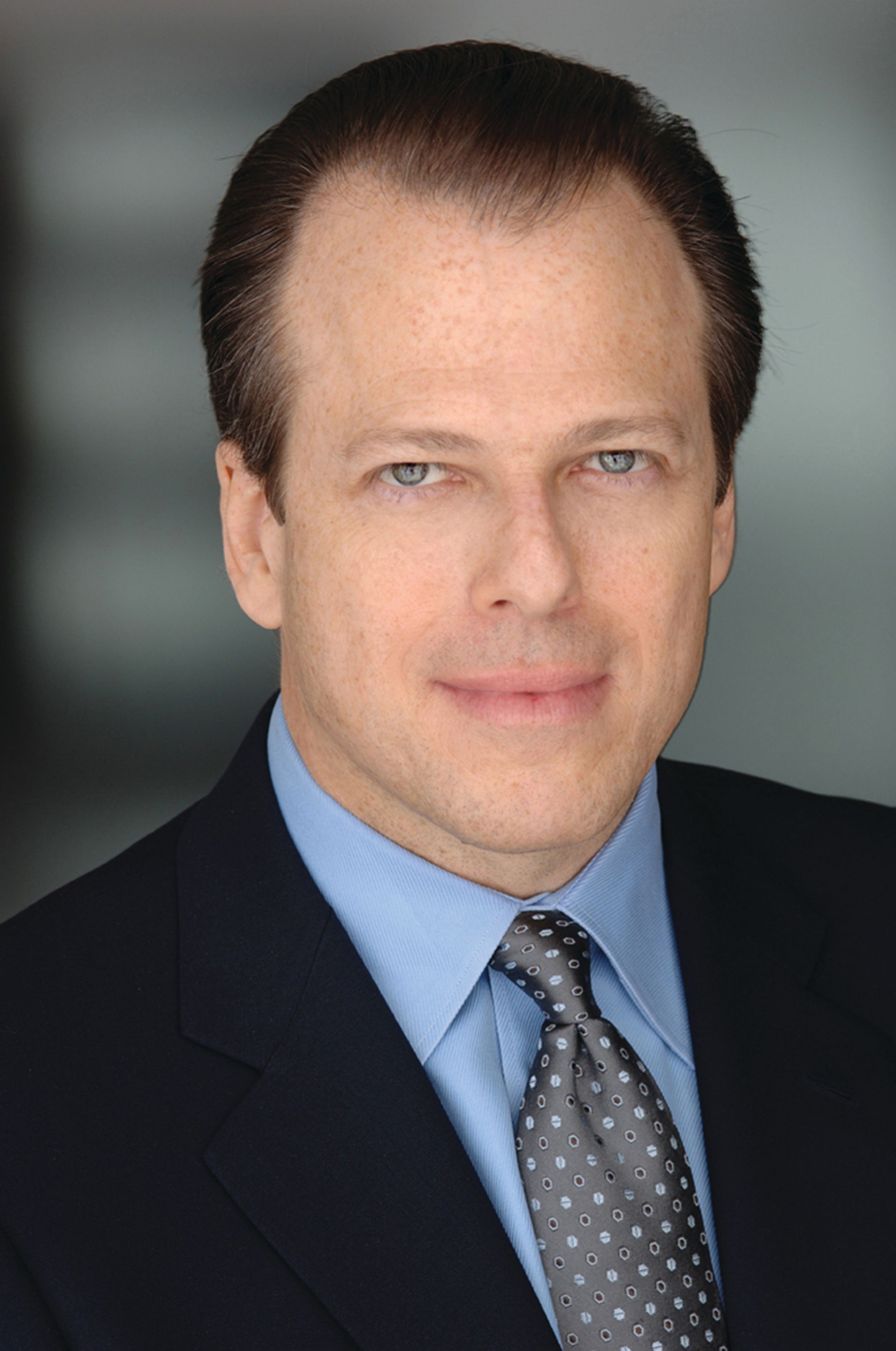
5. Look beyond contemporary art “A lot of trustees look to contemporary art as the driving force because that is where the wealth is going. The challenge is that it is pushing aside the entire history of art, and the field is in jeopardy, both in university departments and in museums. It’s time for the pendulum to swing back.”
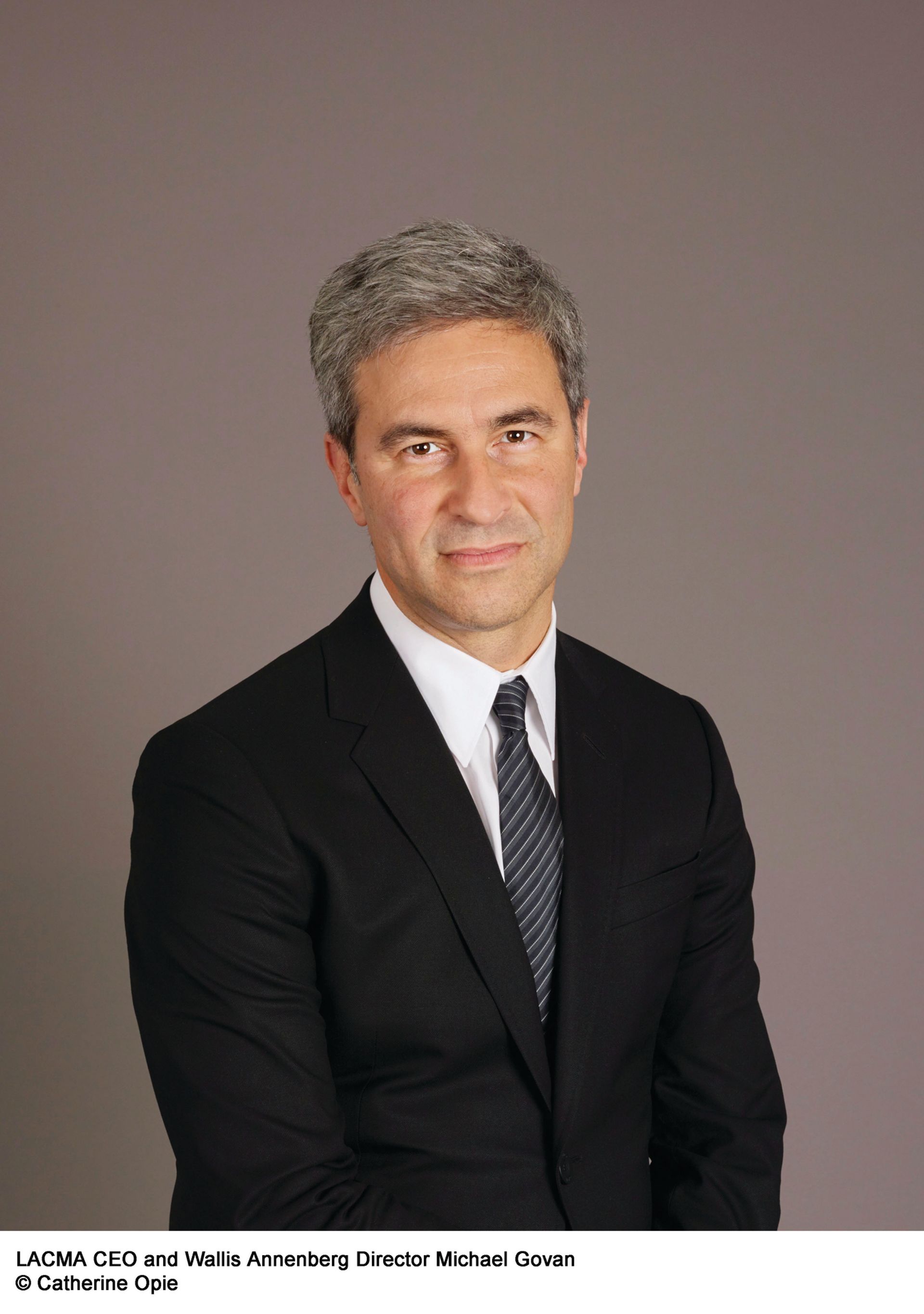
6. Do your homework before you accept a new job “After I took the job… I realised that [the Dia Art Foundation, where he was director from 1994 to 2006] was running a structural deficit of more than half of its operating budget of $3.2m, with only around $7m in the bank. I definitely had not done the proper due diligence. Dia was artistically rich but cash-poor. It was a very simple operation, and there were other assets, property and art that Dia had considered selling to keep the operation going. It wasn’t as if anyone was hiding this information. It was just that nobody had done the hard numerical analysis on the finances.”
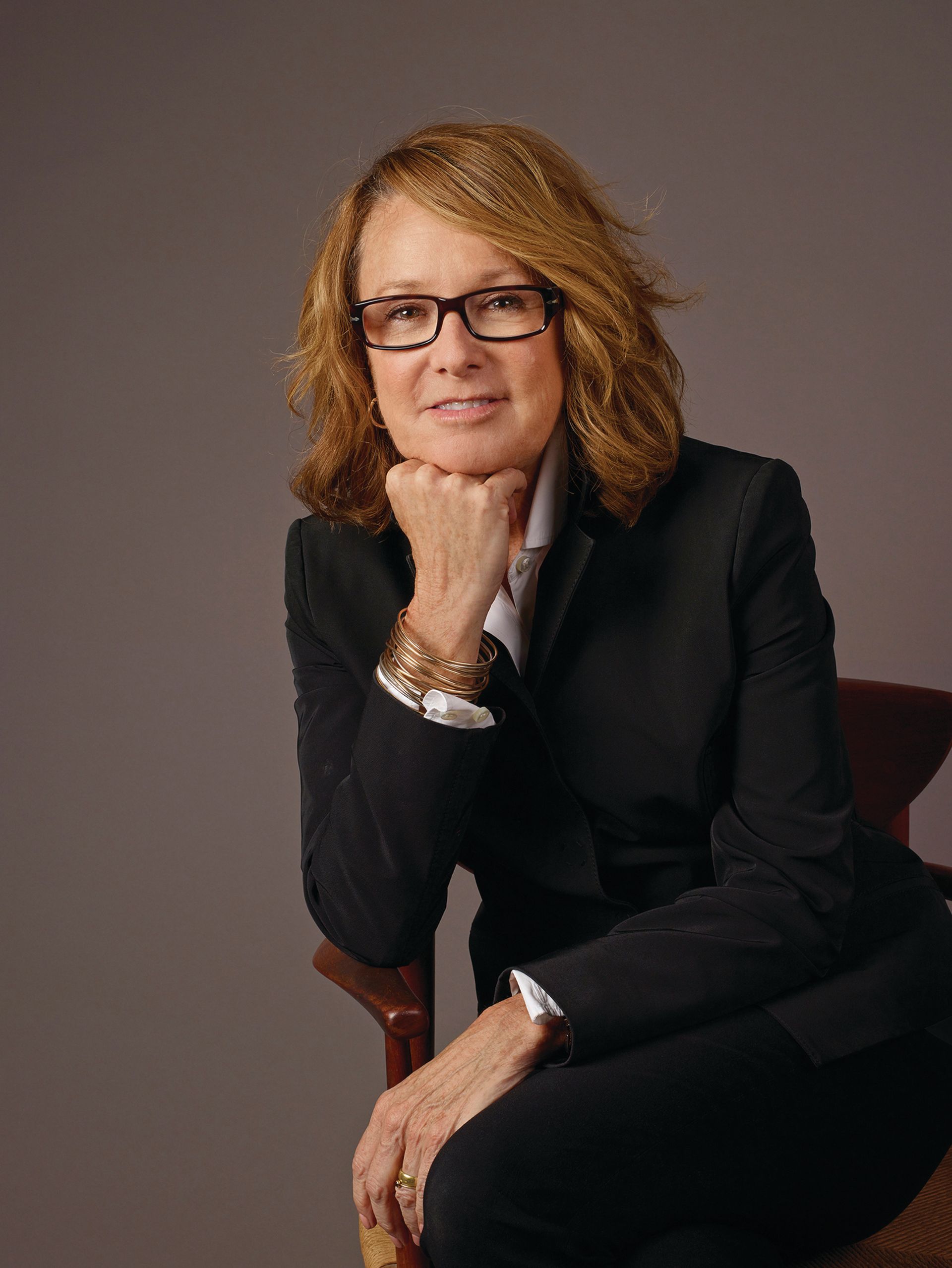
7. Choose your board carefully “Seek board members who are kind, ethical, generous people; it’s not enough just to be wealthy. You will like your job and your life much more.”

